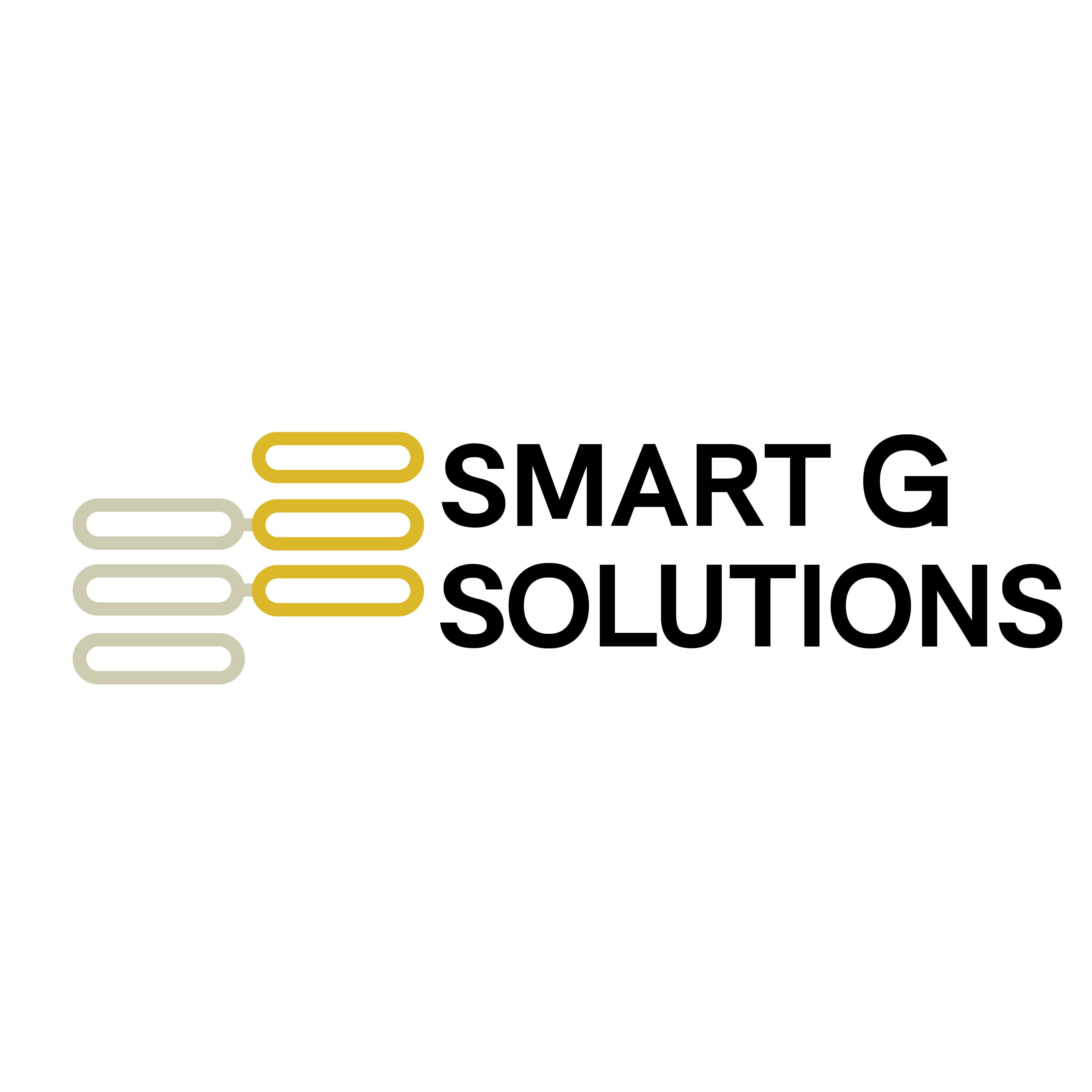Introduction
Passengers lifts, or elevators as they’re commonly known, have become an integral necessity in buildings — establishments ranging from residential apartments and towering commercial to hospitals. These offer speed, easy of use and accessibility to individuals of all ages. But more important than comfort or convenience when it comes to a lift system is safety.
Example of Passenger Lift Safety Measures:- Modern passenger lifts come with a number of safety features that are implemented to avoid accidents make the ride as comfortable as possible, and conform to legal safety standards. If you’re a homeowner considering the installation of an elevator or a building owner who needs to keep up with inspection requirements, here are five safety features everyone in these scenarios should know about.
In this post we will take you through some crucial safety features on passenger lifts, how they work and why being regularly serviced is just as important to ensure their effectiveness.
Automatic Rescue Device (ARD)
Automatic Rescue Device (ARD) is one of the most important safety equipment in today’s elevator. In case of power failure, the ARD stops at the nearest floor and opens avoide doors for passengers to exits safetly. This is a battery backed up system and you need not fear being stuck in the lift when there is no power.
Why it matters:
Without ARD, passengers might be stuck inside a train car for several minutes or hours in an electrical emergency and be at risk of panic or suffocation in tight quarters.
Door Interlock System
The door lock interlock mechanism prohibits the lift from operating if the doors are not completely closed and locked. Like-wise the doors won’t open unless the lift has reached a floor and come to a complete halt.
This safety function is designed to guarantee that passengers can never enter an open shaft by mistake, and complies perfectly with the synchronized operation of cabin doors and well drag doors.
Why it matters:
Door interlocks are devices to help insure that the elevator doors are closed when the elevator is moving. They are mandatory for all elevators installed since 1946 (ASME A17.1).
Overload Sensor
The elevator has a particular weight restriction that is typically shown in the cabin. The Overload Sensor signals passengers through an audio-visual device the moment the weight crosses the safe limit. The lift will not go anywhere until the dead weight is taken off.
Why it matters:
Oversize loaded weight can apply burden to the lift motor and suspension structure, causing fallens or failure. These hazards will be effectively safe-guarded against by overload sensors.
Speed Governor
All lifts move at a specific speed range based on how the lift is built, and the distance it travels. The speed governor observes the motion of lift car and the safety brake is operated if it moves at fast speed.
If the lift starts to descend faster than is safe (e.g. due to a problem with the cable), the speed governor activates and brings the lift to a safe stop.
Why it matters:
No free fall and controlled descent even in the case of mechanical failure.
Buffer Springs and Safety Gear
Buffer springs Buffer springs are situated at the low end of the lift shaft and are used to cushion the lift car when it is travelled down past its lowest landing. They soften the blow and minimize damage.
Likewise, safety gears work with the speed governor to grip the guide rails and stop the lifting car in the presence of overspeed.
Why it matters:
These two systems each act as a physical barrier to protect against rapid and or uncontrolled movement of the lift car.
Emergency Alarm and Communication System
Passenger elevator otis / home lift Safety devices Every passenger elevator is available with a corresponding set of coded safety measures to ensure maximal security.
In the event of a breakdown, passengers can immediately DESPATCH and COMMUNICATE for help. The good news is that contemporary lifts also have had automated dialing systems installed for emergency calls with the activated alarm.
Why it matters:
It will guarantee that no passenger is left stranded in an emergency and allow help to come quickly to them.
Fire and Earthquake Safety Features
Fire-rated lift doors and fire-resistant cables are also commonly used in high-rise buildings to stop or slow down the spread of the flame through 36.1 GHz broadband lift lifts. Furthermore, some lifts feature fireman’s mode so emergency services can use the lift in a manual operation during rescues.
In regions of high earthquake incidence, elevators are fitted with seismic sensors that trigger the elevator to automatically stop at the nearest floor and open up the doors when an earthquake is detected.
Why it matters:
Such attributes save lives and property in the event of natural or man-made catastrophes.
Infrared Door Sensors (Light Curtains)
For present-day elevators doors, this task is accomplished with a senor system(st) such as infrared sensors or light curtains along the door sides to know when there is an obstruction. If doors are blocked by an object or person, they open back up to avoid hitting passengers.
Why it matters:
This will prevent possible injuries, especially with children, older passengers and luggage or strollers.
Emergency Lighting and Ventilation
In the event of a power cut, cabin emergency lights will switch on to maintain visibility and passenger comfort. There are also ventilation fans to keep the air circulating and stop any suffocation if passengers become stuck.
Why it matters:
These help mitigate the panic, as it were, and serve to reassure when interruptions come unexpectedly.
Regular Maintenance and Safety Inspections
But the highest-tech safety measures fail if not properly maintained. Regular service checks, greasing, adjustment of the sensors and regular general inspection guarantee that everything works properly.
Quality lift manufacturers have maintenance schedules adhering to BIS (Bureau of Indian Standards) or EN 81 safety standards. Owners and residents should always verify that maintenance is performed by licensed technicians.
Why it matters:
Lifts life can be extended, break downs avoided and over long periods passenger safety upheld by regular maintenance.
Conclusion
The safety of passenger lifts has evolved significantly from being operated by manual pulleys to the modern-day intelligent, automatic lifts. All the way down to overload sensor to ARD and door interlocks, each nock provides safety for passenger protection and smooth operation.
Never cut corners on your safety features or put off your routine maintenance when selecting and maintaining a lift. Paired with a reputable lift manufacture and service provider, safety is ensured for the staff in charge of lifting and every passenger loading in.
In the end, a lift isn’t just about ascending and descending floors — it’s about doing so safely, comfortably and confidently.





